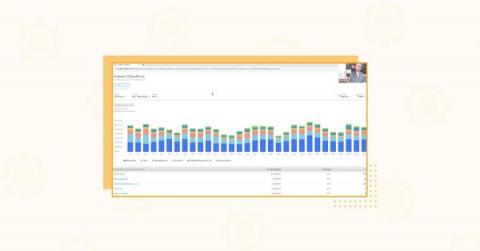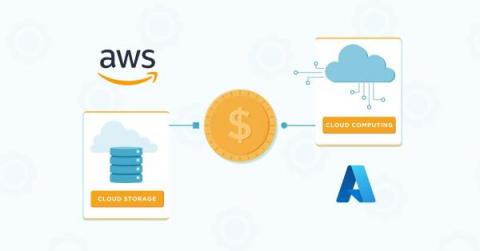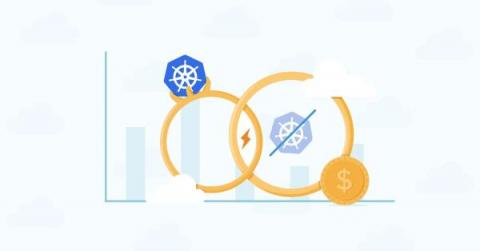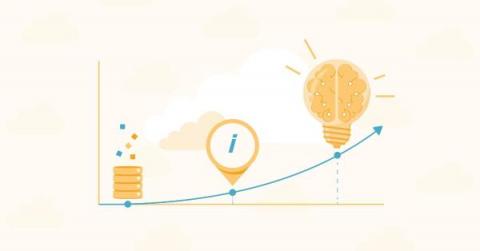How To Ensure Healthy SaaS Metrics As Your Cloud Costs Grow
Typically, startup founders and executives must meet with their board of directors each quarter to review the progress of the company. They may talk about broad topics such as total costs and total revenue, and use these numbers as a guide to determine which moves the company should make in the near future. Often missing from the conversation, however, is a clear and detailed discussion of SaaS metrics.













